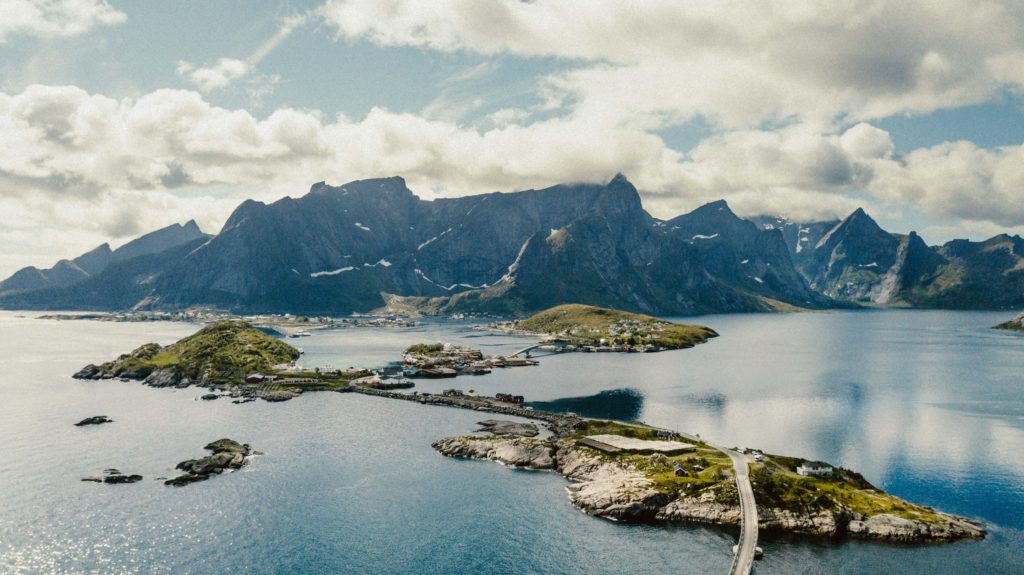The ZeroKyst project aims to develop a competitive, zero-emission value chain for smaller hydrogen-electric fishing, aquaculture, and work vessels.
With support from the Green Platform, ZeroKyst will drive a rapid technological shift for all vessel types in the seafood industry in both national and international markets by demonstrating scalable zero-emission solutions for hydrogen-electric propulsion. In addition, the project will develop the expertise needed to enable the transition to zero emissions.
ZeroKyst will:
- Develop a competitive hybrid drivetrain for the fishing and work vessel fleet – Hybrid Z. The drivetrain will be based on hydrogen and battery-electric solutions and will be suitable for both new builds and retrofitting of vessels with fossil fuel drivetrains.
- Demonstrate a full-scale, operational pilot vessel with Hybrid Z and show that the propulsion system is both technically feasible and economically advantageous.
- Develop a scaled solution for local supply of hydrogen and electricity as fuel for the Hybrid Z propulsion system, including a pilot installation.
- Establish a coordinated production/distribution of electricity and hydrogen for this vessel segment within a defined region.
Large Market Potential
The Norwegian fishing fleet consists of approximately 5,400 vessels, with total greenhouse gas emissions of 900,000 tonnes of CO₂ equivalents annually. With a hydrogen-electric drivetrain (Hybrid Z), emissions from these vessels can be reduced by 100 percent.
Around 5,000 Norwegian fishing vessels can currently be retrofitted to use the Hybrid Z system. The international market potential is even greater.
Hybrid Z also requires infrastructure for shore power, as well as hydrogen (H₂) production and distribution. Producing H₂ is energy-intensive and challenges the power balance in weak grids. Therefore, it is also necessary to develop new knowledge on how H₂ production can be integrated into the regional power grid.
The project involves actors from the entire value chain and aims to identify and develop technologies with significant market potential in Norway and Europe. It will contribute to rapid business development from research to market. In addition, extensive research is needed on fuel cells in maritime use, system integration, and the development of hydrogen production and infrastructure.
You can visit the project's official website here.
Would you like to learn more about the project, our focus areas and how we work, or do you have other inquiries? Don’t hesitate to contact the project’s contact person or anyone on the cluster team!
